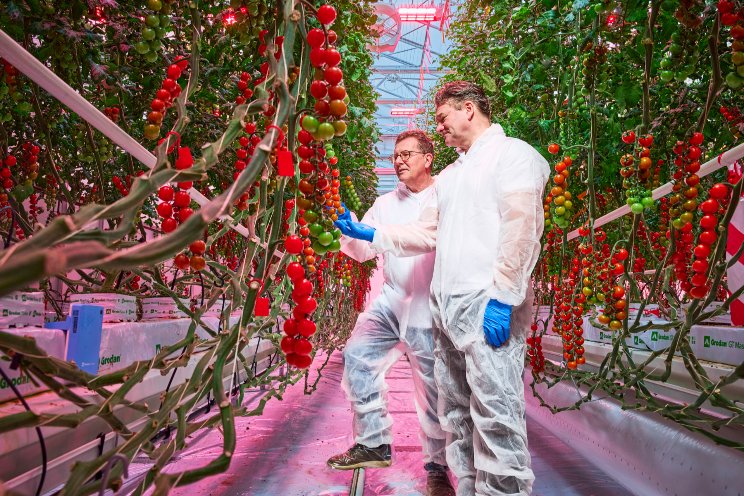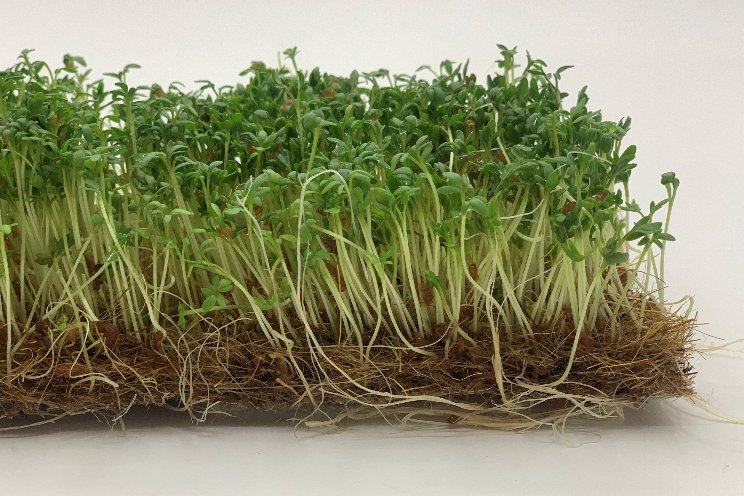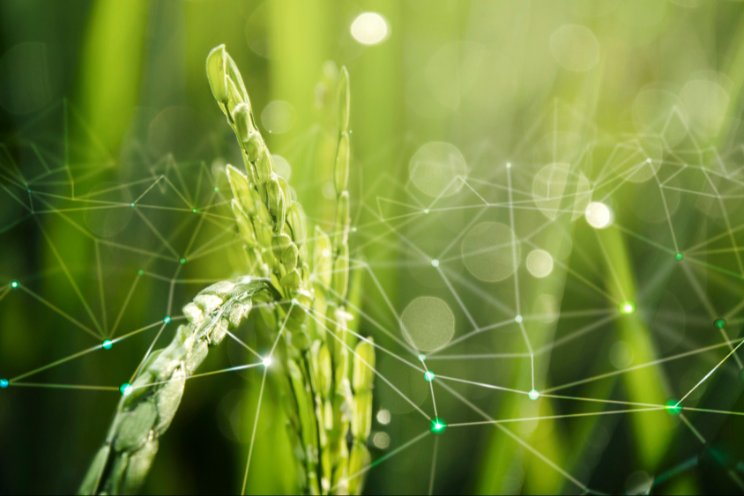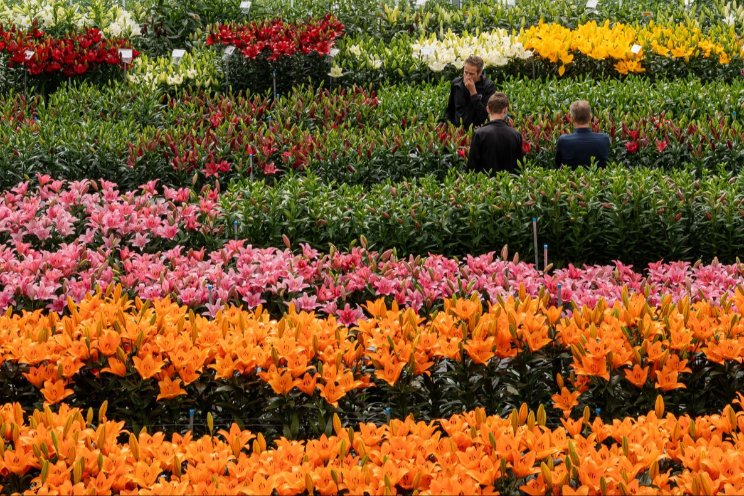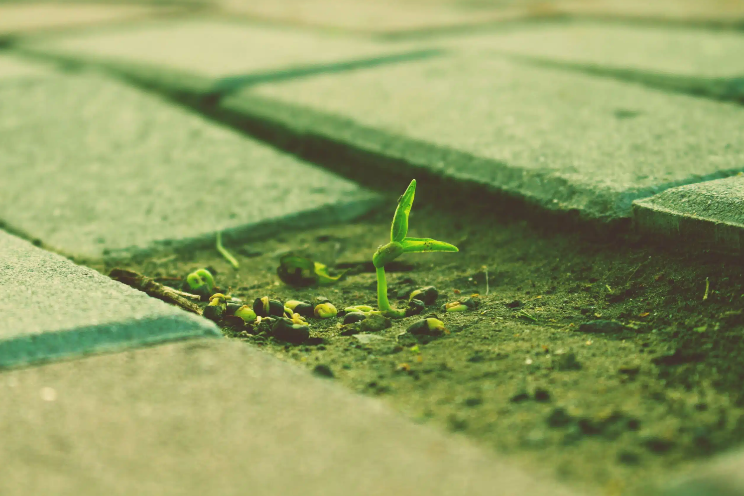Growing lettuce in a VF uses drastically less water
Added on 28 February 2023

But the river is in peril.
Too many people are drawing from it, and the decades-long drought in the West is so bad that if states like California and Arizona don’t make drastic cuts to their water use, the federal government has warned the river could stop flowing past the dam at Lake Mead within two years.
That would be a disaster for the farms in Yuma and nearby Imperial County, California.
But here’s a provocative question: What if we needed far less water to grow food, and what if farmers did it indoors?
Inside a vertical farm
In San Francisco, 650 miles northwest of Yuma, an agricultural startup called Plenty is doing just that.
Leafy greens like bok choy, lettuce and baby kale grow inside a warehouse on towers that rise five meters off the floor. A rainbow spectrum of LED lights shine on the plants for most of the day, offering them ideal growing conditions.
Plenty cofounder Nate Storey at the San Francisco farm’s water filtration system. By recycling water and capturing it from the air, the company says it can use 90 percent less water than traditional farms. (Peter O’Dowd/Here & Now)
“We bring the plant in and we just say, ‘how do we get the best results, period,’” says Plenty co-founder Nate Storey. “We keep the growth rate at maximum the whole way through. Their lives are very short, but they are very good.”
Vertical farms like this one are part of a young but growing industry. They’ve popped up in cities like Denver and New York.
Photo: Inside the Plenty vertical farm in San Francisco, Calif. The lettuce greens, kale and bok choy grown indoors with artificial light require a tremendous amount of energy. But compared to traditional field agriculture, these crops use a fraction of the water when they are grown in a vertical farm. (Courtesy of Plenty)
More news
